Your IEP Timeline: Before, During, and After the Meeting
February 6, 2024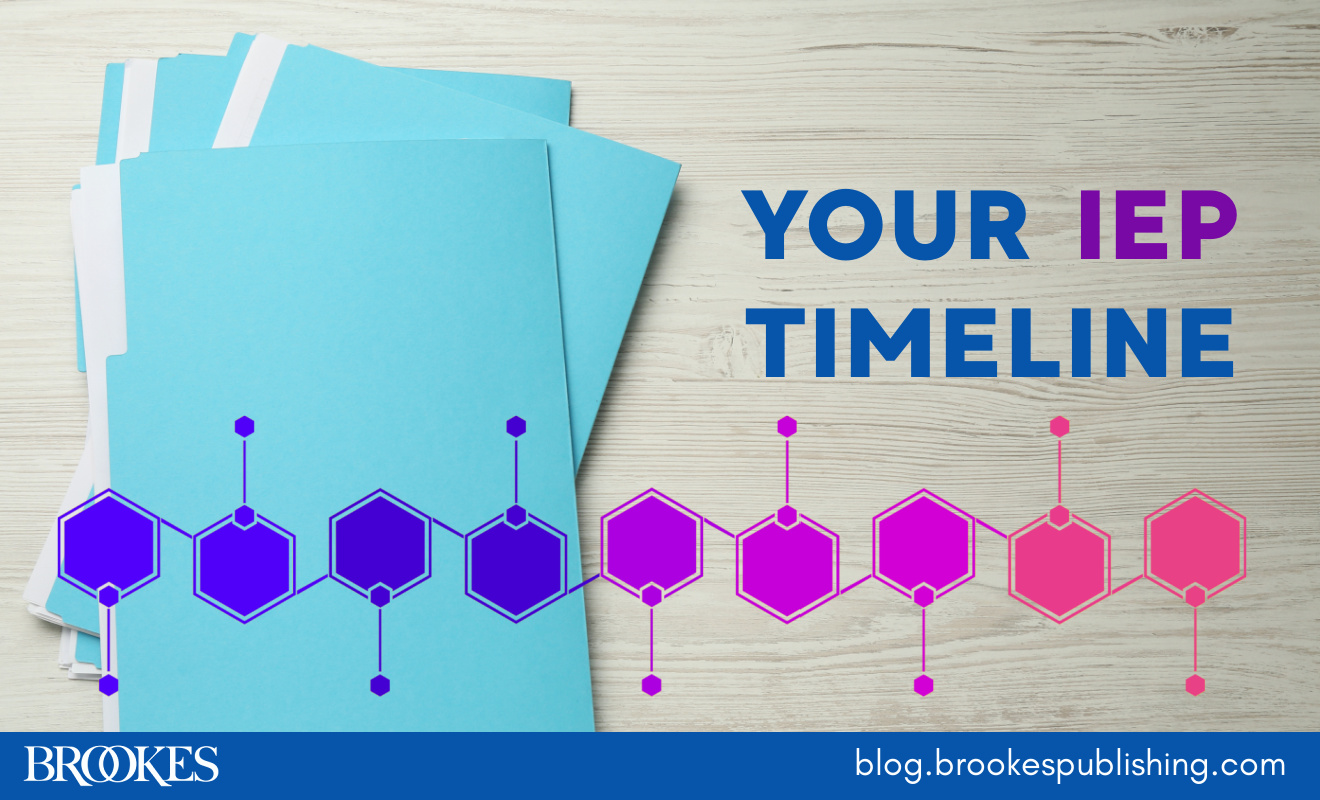
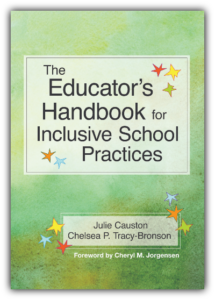 IEP meetings can be a source of stress for educators and families—but with advance planning, appropriate followup, and sensitivity to everyone’s needs, these critical meetings can be smooth and productive. Adapted from The Educator’s Handbook for Inclusive School Practices, by Julie Causton & Chelsea P. Tracy-Bronson, today’s post walks you through some important things to do before, during, and after the IEP meeting to ensure that everyone in attendance is prepared and supported.
IEP meetings can be a source of stress for educators and families—but with advance planning, appropriate followup, and sensitivity to everyone’s needs, these critical meetings can be smooth and productive. Adapted from The Educator’s Handbook for Inclusive School Practices, by Julie Causton & Chelsea P. Tracy-Bronson, today’s post walks you through some important things to do before, during, and after the IEP meeting to ensure that everyone in attendance is prepared and supported.
A Month Before the IEP Meeting
Have a conversation with the family. Tell them about the typical format of the IEP meeting. Let them know who is likely to be at the meeting, and remind parents/caregivers that they can bring anyone they wish. Determine where the meeting will be held and be sure the family is comfortable with that location. Also, let families know that they are welcome to share a statement or photos of the student to kick off the meeting. (Experiencing barriers to family participation in IEPs? Read this post for solutions to 4 of the most common obstacles.)
Some teachers send a questionnaire home for parents to help them formulate ideas to discuss at the meeting. Sample questions might be:
- What are your child’s strengths, gifts, and talents?
- What are your dreams and goals for your child?
- What are your concerns or worries?
- What is really working this year in terms of your child’s schooling experience?
- What would you like to see changed or fixed?
- When you look at last year’s goals, what changes would you like to see?
Two Weeks Before the IEP Meeting
At the two-week mark before the meeting, invite all members (including family) to informally jot down what they wish to see on the new IEP. Gather the responses from the questionnaire.
One Week Before the IEP Meeting
Write up all ideas in draft form. Send the draft out to everyone (including families) for feedback. Be sure that, if any reports will be shared, families have at least 1 week to read them before the meeting. No one should be expected to read or process this kind of information while seated at a meeting. And this way, the meeting can focus only on discussing progress and implementing changes that parents would like to make.
The Day of the IEP Meeting
Here are some basic steps to follow once the day of the meeting is here:
Think about the vibe. Think about what it may feel like to be parents walking into a room of educational professionals. How can you make the room and meeting space more welcoming? How can you bring a positive vibe to the atmosphere? Consider meeting the parents at the office and walking with them to the room. Provide snacks for everyone. If young students are present, have several activities ready so they can keep their hands busy while participating. Consider seating, lighting, and general comfort. Be sure to greet everyone and provide name tags for any team members that the family has not yet met. (Read this post for some great tips on organizing and managing a smooth IEP meeting.)
Start with the family or the student. Have the family begin by sharing anything they wish. Some families start with a video of their student demonstrating all that they can do. Others start with a statement of hopes and dreams. Others start with a funny story. The purpose of this is to ensure the meeting starts with the focus on positive aspects of the student, highlighting right away that the family loves and cares deeply about the child. Again, purposefully begin with a positive vibe.
As an alternative, have the student kick off the meeting, talking about their progress. For some students, creating a PowerPoint presentation might be a more comfortable way to share. We suggest inviting students to their own IEP meetings at a very young age—it is the best way to teach students to be their own advocates. Then, if they are invited, be sure to listen to their ideas and suggestions. (See this post for 9 first steps to student-directed IEPs.)
Proceed through the meeting.
- Discuss an agenda for the meeting and, by doing so, prioritize the student’s needs to ensure that the focus of the meeting is on the student’s goals.
- Make sure that all team members are in agreement with the goals.
- Always have something to write with—chalkboard, whiteboard, chart paper, or a SMART Board—to record goals, ideas, and concerns for the entire team.
- Share assessments and data across subject areas and always share positive information first.
- Explain any unfamiliar assessment results, terminology, or recommendations. Check in with all present.
- Ask questions like “How does that sound?”, “Does anyone have an issue with that goal?”, and “Does this make sense to everyone?”
- Remember that anyone can request a break at any time.
After the IEP Meeting
Send a simple note to the student and the parents. Thank them for coming! Let them know that you will be sending a finalized version of the IEP soon (be clear on the date) and open the door for communication. Remind them that if they have any further questions or concerns, they should let you know. (Read this blog post for more detailed guidance on what to do after an IEP meeting.)
A few takeaways to remember…
- Partner with parents! Parents are equal members on the team and should be treated as such.
- Do not expect anyone to process a lot of information at the meeting. Don’t share evaluation reports, assessment data, and drafts for the very first time at the meeting.
- General and special educators are also coequal partners in the process. Although the general education teacher might not lead the meeting, they are equally responsible for the content of the IEP and for carrying it out.
- Think like a parent! Think about how it might feel to walk into a room of professionals to talk about one of the most important things in your life: your child. Be thoughtful about your communication.
Productive IEP meetings are just one component of authentically inclusive education. For more practical, down-to-earth guidance on inclusive practices in Grades K-12, pick up the teacher’s guide behind today’s post!
The Educator’s Handbook for Inclusive School Practices
By Julie Causton, Ph.D., & Chelsea P. Tracy-Bronson, M.A.
 “Joyful, inspirational, and grounded in practice! Offers a rich array of principles, tools, and examples from practice that both inspire and compel [us to] deepen the work of inclusive education.”—Jennifer York-Barr, Professor Emeritus & Distinguished Teacher, University of Minnesota
“Joyful, inspirational, and grounded in practice! Offers a rich array of principles, tools, and examples from practice that both inspire and compel [us to] deepen the work of inclusive education.”—Jennifer York-Barr, Professor Emeritus & Distinguished Teacher, University of Minnesota

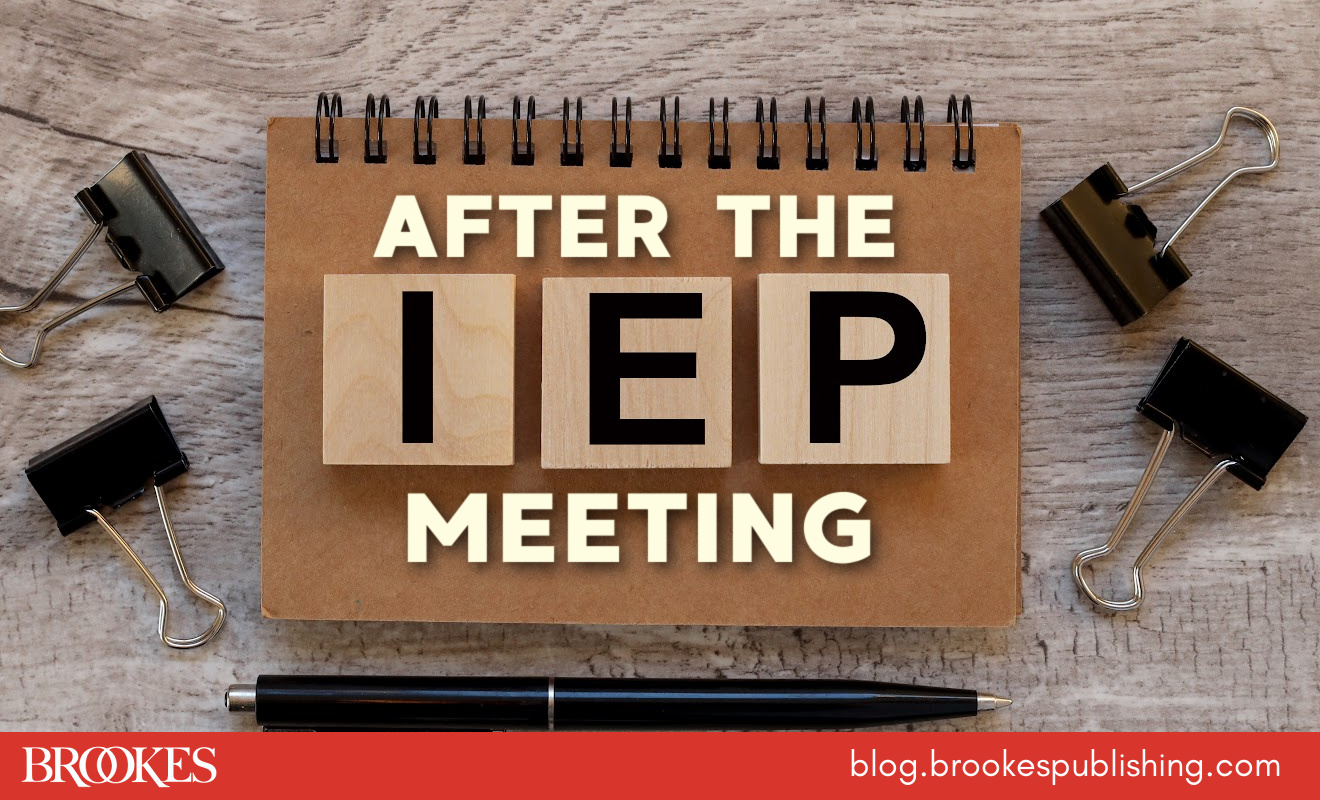
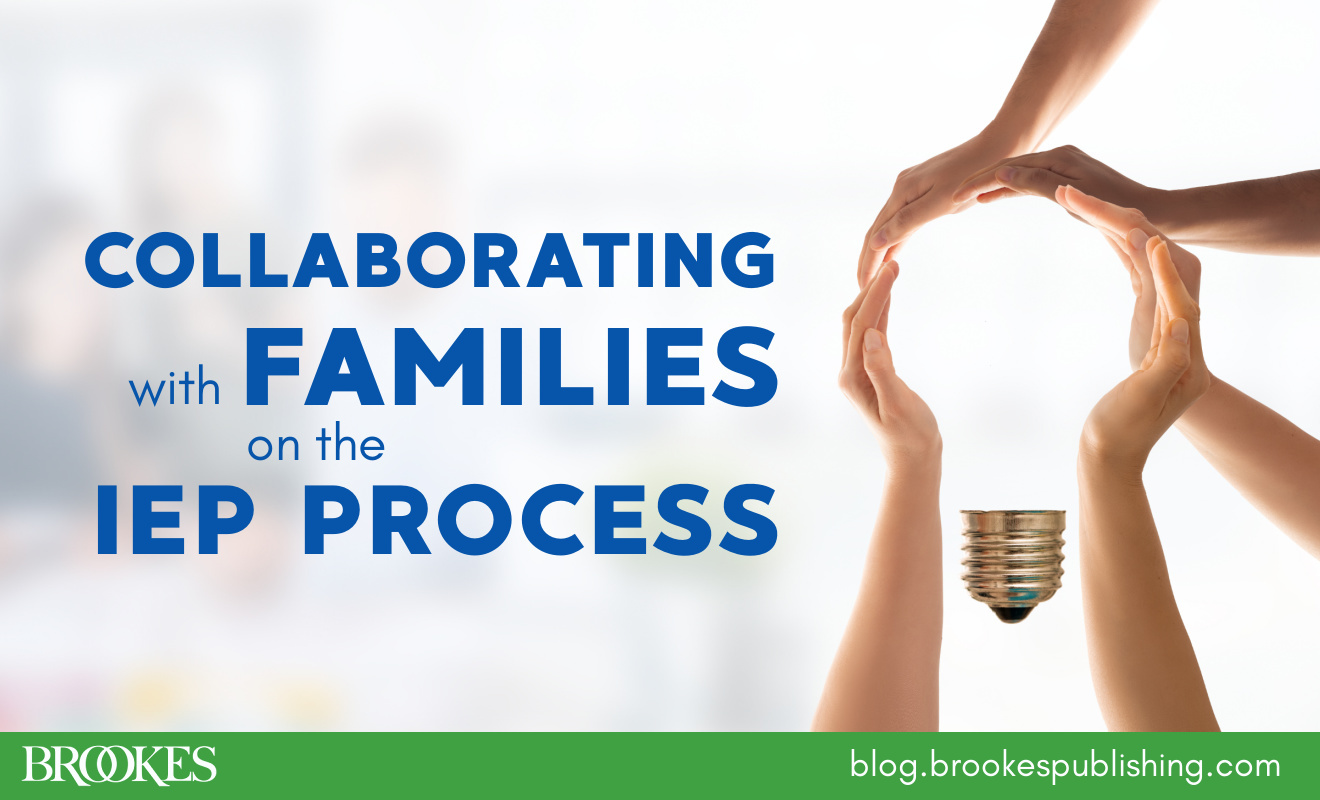
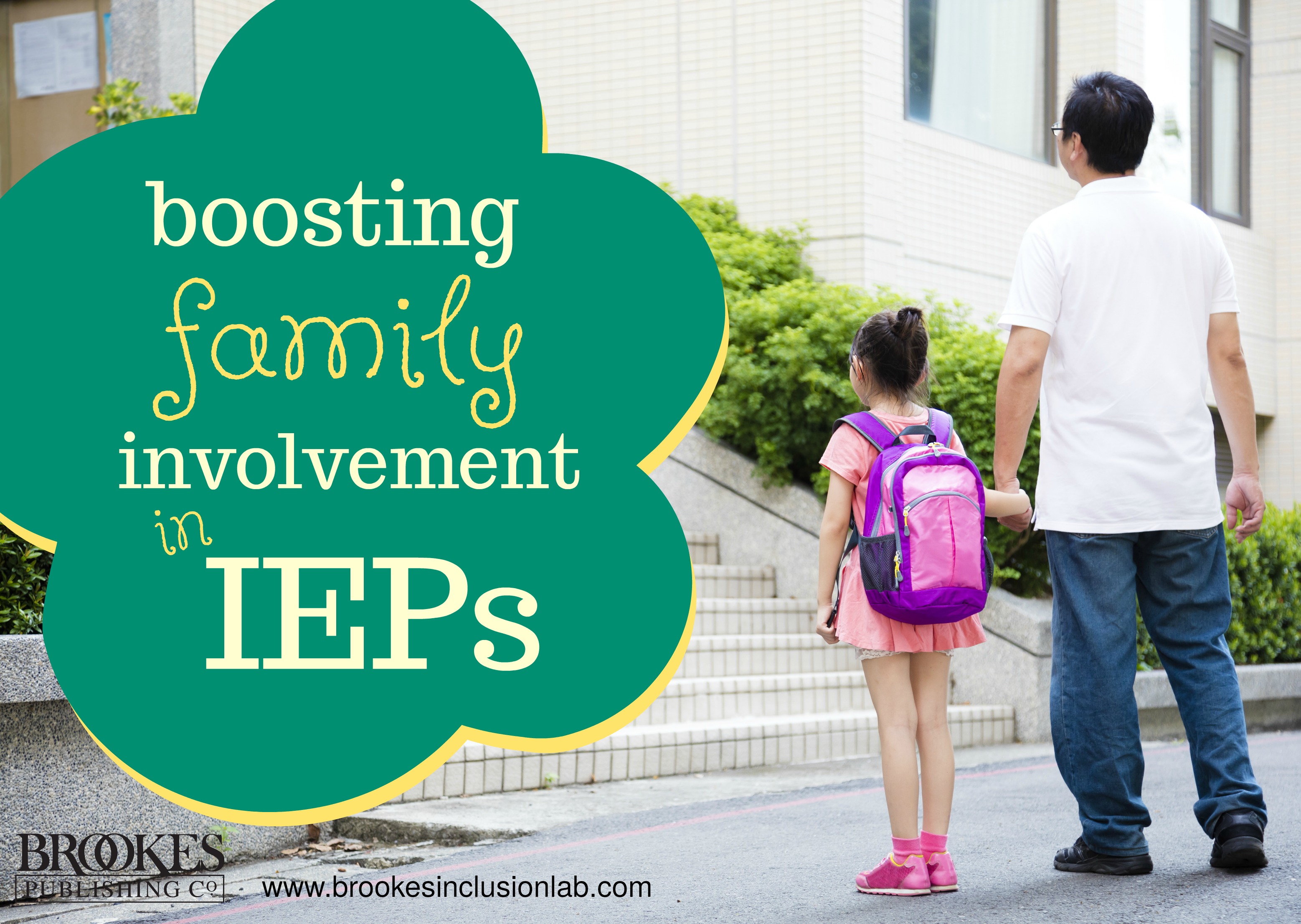
Write a Comment
Your email address will not be published. Required fields are marked *
Post a Comment